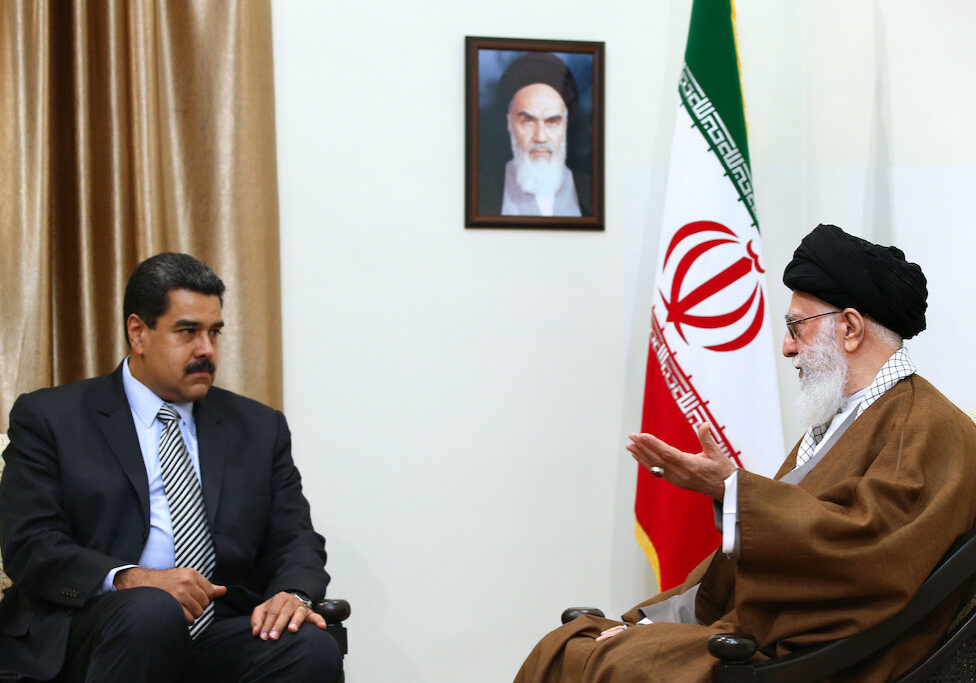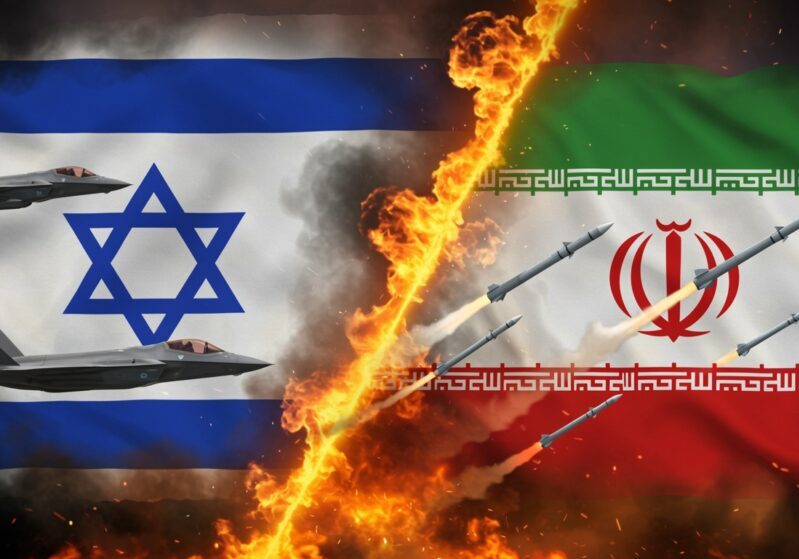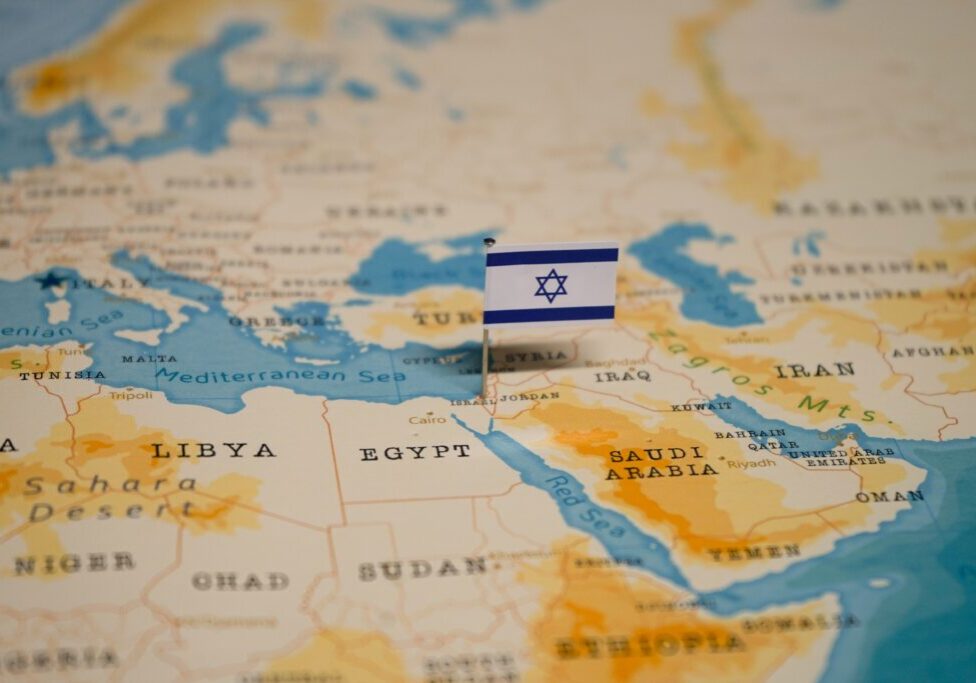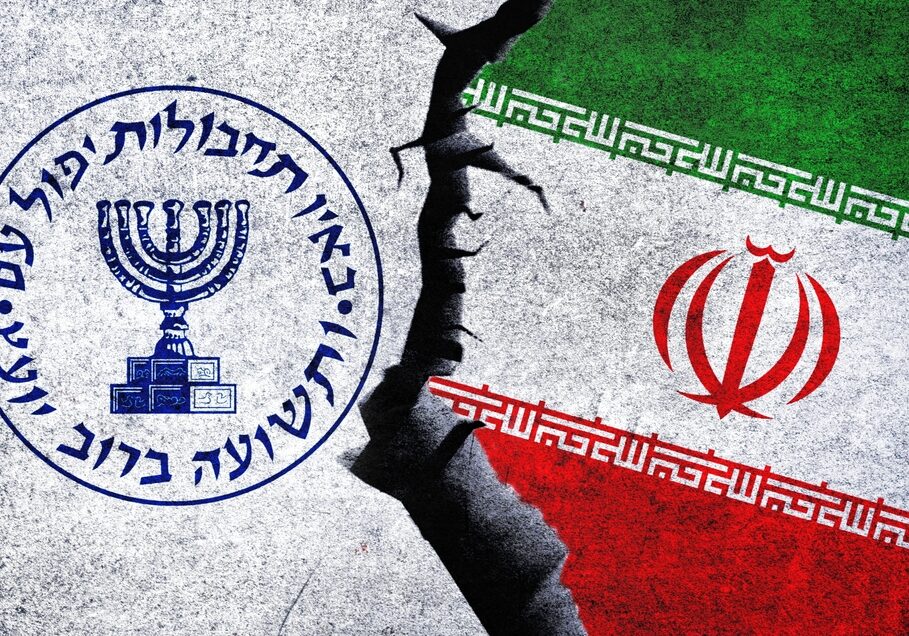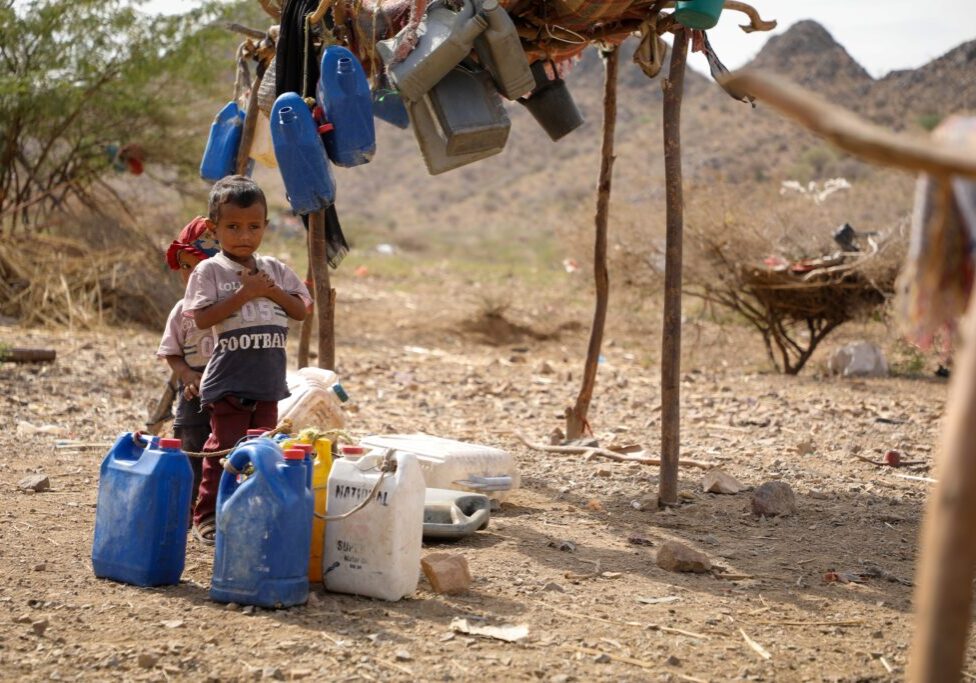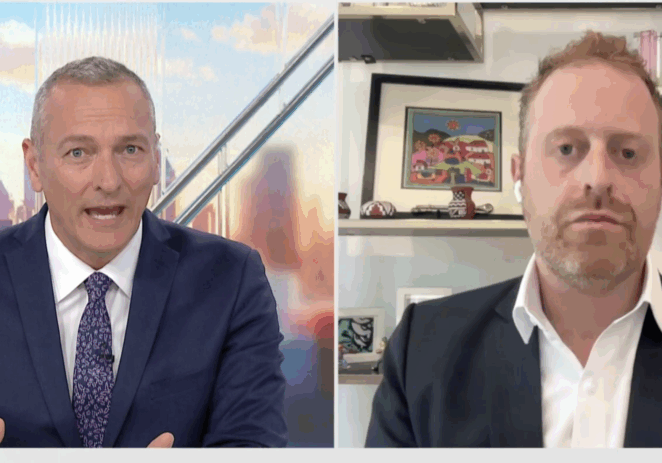Australia/Israel Review
Iran’s unloved revolution and the bomb
Mar 31, 2025 | Ray Takeyh, Reuel Marc Gerecht
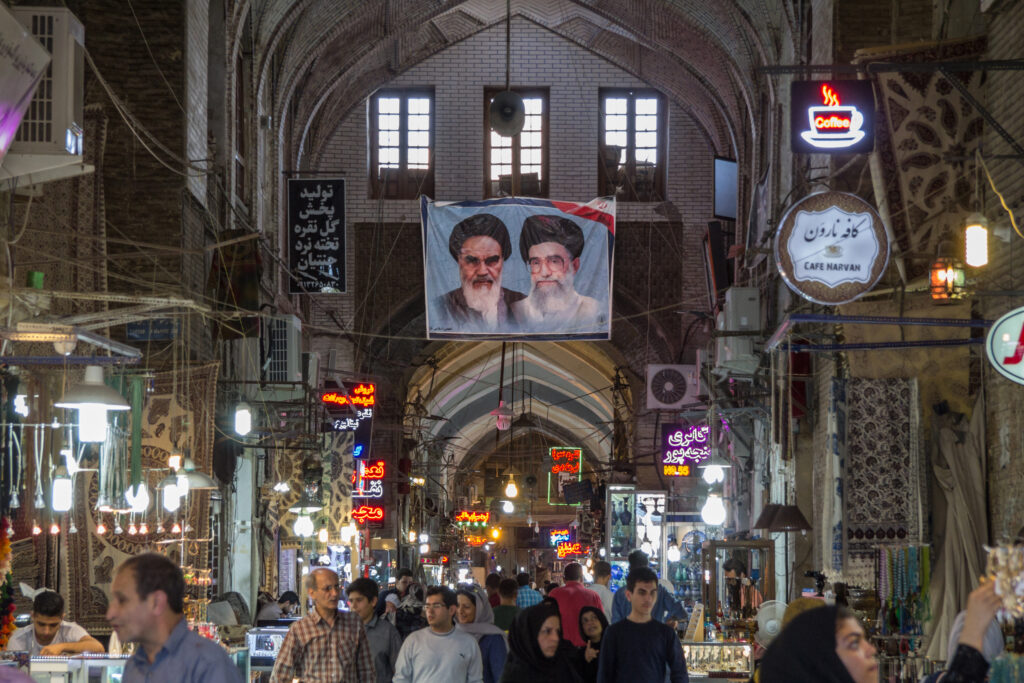
This February, Iran’s revolution turned 46. Middle age usually brings a measure of wisdom, as people cast aside aspirations of youth and come to terms with hard truths. But Iran’s Islamists are forever young. Too attached to their ideological verities to accept history’s verdict, they press on with their mission to redeem. The Islamic Republic is at an impasse. Its leaders cannot change; its public already has.
The mullahs promised much in 1979. A new polity that would somehow reconcile democratic norms with religious convictions. An economy that would lift up the working class in whose name the revolution was waged. The revolution was supposed to be borderless: Through spontaneous combustion and Iranian clandestine activity, Muslims everywhere were supposed to accept the Islamic Republic as the vanguard of God’s message.
There was real genius at the heart of the Islamic Republic’s constitution. Power rested with the unelected few, such as the Supreme Leader and the Guardian Council, which vets candidates for public office and ensures that all laws conform to Islamic standards. But there were elections to the presidency, Parliament and city councils.
For years, the Islamic Republic’s elections could be boisterous affairs, as candidates from different political camps offered the public real choices. Mohammad Khatami, who had long wrestled with Western thought and the conundrum that Western states had created more wealth and apparent happiness than any Muslim realm, promised an Islamic democracy.
The Islamic Republic’s first, cleric-doubting populist, Mahmoud Ahmadinejad, spoke of economic justice. And Hassan Rouhani, a serious revolutionary who nonetheless understood that faith alone isn’t sufficient to win great ideological struggles, claimed that he could revive the economy by transacting an arms control agreement with America.
This diversity was the indispensable safety valve for the theocracy, allowing the disgruntled citizen a way of influencing the deliberations of government. This all came to nought.
Supreme Leader Ali Khamenei has himself to blame for the regime’s current predicament. At every step of the way, he has thwarted his presidents and parliaments. He has emasculated the electoral process by ensuring that only those who are completely subservient to him are allowed to run for office. This was as true for hardline Ibrahim Raisi, who died in a helicopter crash last year, as it is for the less harsh Masoud Pezeshkian. In the meantime, the Parliament has been reduced to a debating society that occasionally impeaches a minister but does little else.
Today, most Iranians do not participate in elections, and the institutions that once mediated between the ruling elite and the masses have lost their standing. Street protests are the only way for citizens to express their grievances.
Ruhollah Khomeini, the founder of the Islamic Republic, once quipped that the revolution is not about the price of melons. The mullahs never understood economics. Their attempt to reconcile the requirements of the private economy and the inequalities it produces with their pledge to raise the dispossessed has led to the creation of a massive welfare state and a bloated bureaucracy. The lower classes today get bad health care, poor education and cramped housing. State subsidies consume an ever-larger percentage of the country’s GDP, and no one is happy.
And the government of God is drowning in corruption. The system is riddled with nepo babies, scions of influential mullahs who get lucrative state contracts, pay no taxes and adhere to no regulations. The Revolutionary Guards have followed the model of other corrupt Third World dictatorships by taking control of key industries such as telecommunications, construction and even banking. At a time when about 30% of Iranians live below the poverty line, the class cleavages resemble the last days of the decadent monarchy. All this is particularly galling to Iranians, as the clerical leaders routinely call on the masses to sacrifice and endure hardship for the sake of the regime and the faith.
Iran’s revolution succeeded best beyond its borders. The Islamic Republic has always sought to subvert its neighbours. It has supported a variety of militants and terrorists and has made the destruction of Israel its leading cause. America, the Great Satan, is an affront to the mullahs. Its culture, which has gone global, entices Iranian youth while its armada patrols Iran’s coastline.
No Middle Eastern country has killed more Americans than the Islamic Republic. The Lebanon Marine and embassy bombings of 1983, the attack on a US base in Saudi Arabia in 1996 and the relentless assault on American troops in Iraq and Afghanistan killed and wounded thousands. Washington has responded with sanctions that have helped to debilitate Iran’s economy and stretch its resources.
The mullahs remain unrepentant. In the early decades of this century, they created the most successful imperial enterprise – most bang for the buck – in the Middle East since the British Empire. In the aftermath of the 9/11 wars and the Arab Spring, the region’s state system essentially collapsed. Civil wars and ungoverned spaces provided plenty of opportunities for Teheran to create the so-called Axis of Resistance, a concatenation of Shi’ite militias and Arab militants that did Iran’s bidding. The Islamic Republic helped to evict America from Iraq, harassed Saudi Arabia directly and via proxies in Yemen and, for a while, preserved the Assad regime in Syria.
And then came October 7 and the great undoing. The Islamic Republic’s imperial strategy succeeded only because there was little pushback. Successive American administrations did not want to tangle with Teheran for fear of widening conflicts. But then Jerusalem flipped the script. It rejected Washington’s calls for restraint as it destroyed Hamas and decapitated Hezbollah. All this presaged the collapse of the Syrian regime, which happened so rapidly that its Iranian and Russians patrons had no chance to save it. As baleful, in its own scrimmage with Iran, Israel demonstrated its military prowess by easily penetrating the Islamic Republic’s air defences.
Suddenly Teheran was exposed and its imperial reach limited to parts of Iraq and the Gulf.
All this has not sat well with the Iranian people. Since 1979, the revolution has steadily shed constituents. The liberals, the first to be excised, soon realised they had no place in the new theocratic order. Students, always the backbone of all protest movements in Iran, made their exit in the riots of 1999. In 2009, a fraudulent presidential election led to the rise of the pro-democracy Green Movement, which shook the regime’s foundations. Even more disturbing for the mullahs were the riots of 2019, as the lower classes took to the streets. They were supposed to be the mainstay of the theocracy, tied to the regime by piety and patronage.
And, in 2023, the “Women, Life, Freedom” movement came to embody the totality of the Iranian people’s grievances. From classical times onward, Islamic theologians have often worried about the disruptive potential of women in society. Their claim on men can rival that of God’s. Women had an outsized role in fuelling the now-dead reform movements inside the Islamic Republic – Khatami’s election in 1997, which many in the ruling elite see as the beginning of the threatening domestic upheavals, wouldn’t have happened if women hadn’t locked onto the candidate as a vehicle to express their discontent. After the Women, Life, Freedom eruption, it’s probably fair to say that Khamenei views women as a group as hopelessly infected with Western ideology.
The 85-year-old Khamenei surely is deeply concerned about his legacy. His record looks bad: The Islamic Republic has been humbled in the region by Jews. The sullen citizenry now routinely mocks the theocracy. Iran’s defensive and offensive strategies are in ruins – except the nuclear-weapons program. The bomb is now more essential than it was before – and Khamenei hasn’t spent tens of billions of dollars on its development, and weathered all the sanctions, to go Japanese. A nuke would ensure the awe elicited by the Islamic Republic in the region. Proxies and militias were always unreliable instruments of power projection; a nuclear arsenal would offer permanent advantage. And the international community could be counted on eventually to accept an Iranian bomb and embrace a regime that was too dangerous to fail.
Nuclear weapons may not save the Islamic Republic, since the rot is too deep and popular disaffection too widespread. But as Khamenei takes account of his revolution, the bomb may be the last thing he can do to sustain the government of God.
Reuel Marc Gerecht, a former Iranian-targets officer in the Central Intelligence Agency, is a resident scholar at the Foundation for Defense of Democracies. Ray Takeyh is a senior fellow at the US Council on Foreign Relations. © National Review (nationalreview.org), reprinted by permission, all rights reserved.
Tags: Iran, Middle East

